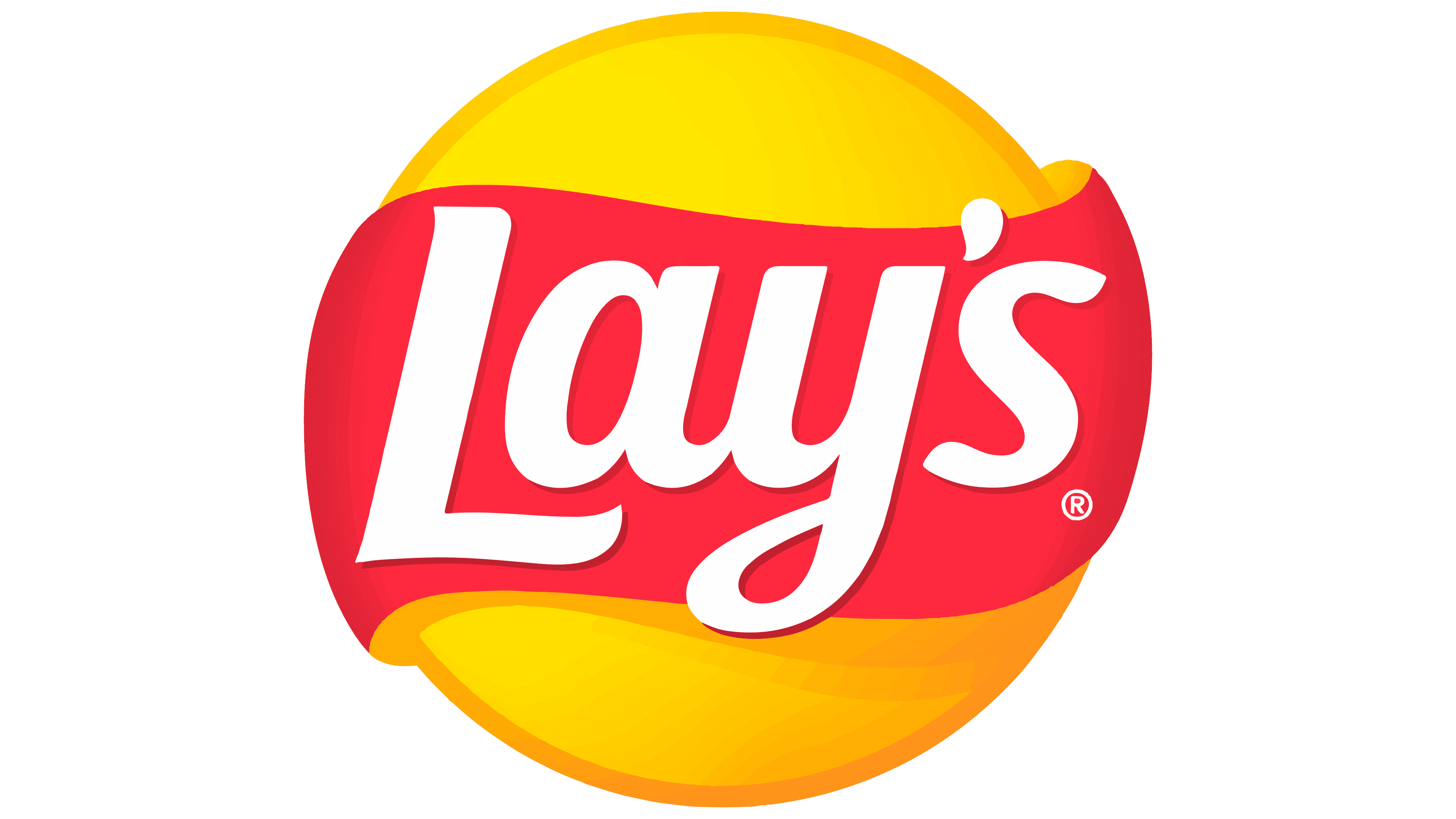Hey all, I’ve been thinking about making the jump from Windows to Linux as my daily-driver and I’ve been struggling on what distro to use.
On my laptop I’ve been using Fedora’s KDE Spin for a bit but I can’t say I really like KDE all that much. I took that Distrochooser test and 9/10 of the suggestions were all Ubuntu-based or Arch-based for some reason lol.
I would prefer a distro that “just works” but I’m not scared of having to troubleshoot or fix things. I guess I’m just looking to see what everyone else uses and what you all recommend. Thanks!
Slackware. It just works. Even current is pretty stable
I hope your joking
Why would i be?
Because Slackware is not user friendly at all. It doesn’t even come with a GUI for all critical functionality
@Canadian_Cabinet @possiblylinux127 @slacktoid Keep in mind that not all users are the same. For example, maybe some people find firewall configuration expressed as text in a file clearer than a GUI. My grandmother loves her iPad. I love my OpenBSD laptop. I find the iPad relatively user unfriendly - “I can barely see or control what my own machine is doing!” - but my grandmother would find my OpenBSD laptop very user unfriendly too - ”How do I see my family photos?”
OP said they were not looking for Ubuntu or Arch derivatives, and that they were not afraid to get their hands dirty to figure things out. Slackware + Flatpaks can give a stable base while giving you up-to-date applications when SBo doesnt have the build files. This would give OP a system that just works OOTB. Tho it is KDE OOTB, one can put gnome or cinnamon on it.
Stick with Fedora, but give a shot to the Atomic variants (Silverblue, Kinoite, etc.) You can always switch DEs back and forth with one command. Even if you don’t stay with Fedora, it will help a lot for you to find the desktop environment that fits your workflow best (although I do recommend sticking with Fedora)
I swapped last summer and landed on Pop!_OS after trying a few different options. If you game, Nobara is a great choice too. Other ones I considered were Mint, Ubuntu and SUSE Tumbleweed.
I would highly recommend trying them all with the live disk thingy. Mint didn’t even work at all on my computer for some unknown reason, which was rather surprising considering how often it’s recommended. It kept freezing right when the GUI logged in. So yeah, try em out for a little bit just to make sure there aren’t any weird incompatibilities.
Go with EndeavourOS. It won’t “just work”, but it will be the best compromise between confusing abstraction and low level frustrations.
Fedora is good but it abstracts a little too much away, this is great when you understand how software works, but it’s very confusing when you’re new to Linux and programming.
Arch is good, but you won’t be able to hid the ground running, you’d have to sacrifice a weekend to learn.
Go:
- [Optional] Fedora
- Endeavour
- Arch
- Learning
- Ghost BSD
- Void
- Gentoo
Tinkering with those in that order, after about 6 months, you’ll start to feel at home.
Also, if it’s just the DE, install sway / i3 and try that for a week. If you liked that it’s on literally every Linux distribution, even the BSDs.
Hanna Montana Linux
Obvious answer, everyone should start here!
Can’t even get the ISO anymore. 😭
What? Nooooooooo!
To be fair, you can probably find it on Archive.org. Would be kinda neat if somebody made MaymayOS that just had theme packs for the other meme distros to keep them alive.
Gonna have to switch to AmogOS or Uwuntu then…
I just switched from windows to Linux a few months ago. I just picked opensuse tumbleweed KDE at random and it just works. Idk anything about Linux so maybe give that a try and see if it works for you as well.
So I could recommend a distro, as you asked (which would be Ubuntu) but instead I believe what’s better is making the switch… small!
In practice that means safety net and familiarity all around :
- backup your data
- backup your data… and not, that’s not a mistake, truly do it, now. Before you try something new, and scary. In fact… don’t touch your computer, get another one, a cheap one like a RPi4 or a relatively old laptop that a colleague hasn’t used for years.
- copy, don’t move, your data to whatever distribution you picked
- ideally have a dedicated hard drive in there for JUST the data, NOT the OS
- play… have fun, truly. Try to use YOUR data, I mean the copy you have now that you don’t even care if you lose, and try to use them with the stock software that comes with your distribution, e.g OpenOffice or Blender or Kdenlive, or whatever you are into
- delete it all! Don’t be afraid, you can do it, you have copies anyway
- do it, again, again, keep a logbook or wiki or .doc file where you write down what you learn
- rinse and repeat
this way you should find YOUR distribution in no time and you won’t be afraid of messing up!
Honestly it’s a fun adventure. I’ve been learning Linux and CLI tools decades ago and I’m still learning to this day so do not assume there is one solution you can find today and move, it’s a process, a long one, but a really empowering one IMHO.
That’s the spirit 🫶.
That’s really what I’m doing on my debian server where I host my docker containers.
I don’t care if I brick my system while playing arround because every day at 00:00 a crontab job dumps all my database and saves all my docker volumes and docker-compose to an external HD and saves most important dotfiles and wireguard configuration.
Back Up and running in 30 min !
2 years in, still going strong and learning everyday something new, keeping everything I learn in a markdown file.
- Personal CA with self-signed certificate by an intermediate CA chain
- Wireguard tunnel routing all my devices traffic to protonVPN
- Alot of docker stuff
- Alot of networking stuff (DNS, cryptography…)
- LVM, bash…
- …
Wild ride, sometimes alot of frustration, but what an empowering experience !
Distros that just work (although YMMV): Fedora, Mint, Ubuntu, Pop!_OS with the default desktop environments. I have been using Ubuntu and Fedora both (on different computers) for over 15 years now they each always get the WiFi and BlueTooth drivers right, neither ever has trouble with audio or video, they really just work, and they both are pretty well up-to-date with the latest stable versions of the biggest Linux apps in their repositories.
I have been thinking of switching my Ubuntu computers over to Mint (Xfce edition, though Cinnamon isn’t bad), which uses the same base operating system package set as Ubuntu, but its ownership model is more collective and community-oriented. Fedora is also collectively owned, while Pop!_OS and Ubuntu are owned and operated by for-profit businesses – that doesn’t make them bad, it just might be something to consider.
Also, if you don’t mind a shameless plug, I wrote a blog post on how to choose a Linux distro, so feel free to read if it pleases you.
Universal Blue might be what you’re looking for. It’s a Fedora-based distribution based on ostree (same stuff for Silverblue/Kinoite). It has the leading edge system components of Fedora with the reliability of flatpak and ostree updates. I truly consider ostree to be the future of the Linux desktop.
EndeavourOS is an arch-based distro that “just works”. I put it on a new machine recently, and the installer manages to let you pick a desktop environment, and still manages to be user friendly.
These posts are beyond repetitive at this point.
Stop reading them, then. You’re doing this to yourself.
As someone on the edge of making the change myself, I have been enjoying these posts because I have been getting to learn some of the different distros and there pros and cons. Lemmy isn’t insanely active right now, so you get a different group of perspectives with each iteration of the question.
Maybe once lemmy gets bigger we can break off these sorts of questions into their own catalog but for now I think they are doing more good than harm here.
Just my two cents tho, obviously you have the right to disagree :)
I highly recommend Fedora (just the regular Gnome version). I used to be all Ubuntu, but they’ve shoved snaps down everyone’s throats to the point that I simply cannot recommend it to anyone, especially newcomers.
Fedora has been working really well for me. You’ll probably want to play around with Gnome Tweaks to get the maximize and minimize buttons back, and install the Gnome extension “AppIndicator and KStatusNotifierItem Support” from the Gnome Extensions website. Those I would consider the essential post install steps.
After that you’ll have a rock-solid and enjoyable setup.
Pretty much anything Fedora is easy as pie.
I had to bail from Fedora when they pulled the video codecs from RPM. It may be fixed, but the threat of pulling a tool from the repository still lingers in my mind.
The video codecs are in rpmfusion, which is available as a checkbox called “Third Party Repositories” in the setup wizard.
Ah, they were being pulled from RPM fusion at one point if I recall. It didn’t go through, but the fact that it was even being discussed told me all I needed to know.
There was an issue in the past where the regular mesa-* packages and the mesa-*-freeworld were out of sync which resulted in no longer working DEs for many people if they updated at the wrong time.
Is this still an issue?
(I went back to the regular drivers since I mostly use VP8/9 anyway)
I have never had that issue. I’ve been on Fedora for a year, so it’s not been an issue since at least then.
Since you want a just works deal, I’d go with a ublue based immutable distro, my favorite is Bazzite. You can pick between KDE and Gnome, and change between them cleanly at any point. User apps auto update in the background, your system also updates while it’s running and you only need to reboot to apply. If anything ever goes wrong, you have painless rollbacks. All that with up-to-date fedora packages and kernel.
I’ve been running it on my deck for a while now and it’s never let me down so far, really pleasant experience. It generally keeps out of your way and takes care of the chores while still allowing you to mess around if you want.
I second bazzite. Been running it on my gaming laptop for a few months now and loving it. My main desktop is running Garuda Linux, which I also absolutely love but I was weary of a rolling release arch based distro on my laptop which isn’t on and running 24/7 - tried manjaro on my laptop previously and it was broken more often than not. (although I am learning that is likely more a manjaro problem than an “arch-based” problem, it gave me a reason to try bazzite)
Anything except Ubuntu and it’s direct downstreams
Fedora for my pick.
Options:
- Linux Mint (Awesome first distro, but more out of date)
- Pop!_OS (Great for gaming, based on Ubuntu)
- Fedora Silverblue/Kinoite (Maybe later if your interested in immutability)
- EndeavorOS (Maybe later once you understand the value of the AUR, more bleeding edge)
Don’t use:
- Ubuntu (bloat, snaps)
- Manjaro (Don’t get me started…)
What do you mean by immutability?
My explanation won’t do it justice, but Jorge Castro had a great video on it. I highly recommend watching it if you’re interested in immutability
Here is an alternative Piped link(s):
Piped is a privacy-respecting open-source alternative frontend to YouTube.
I’m open-source; check me out at GitHub.















